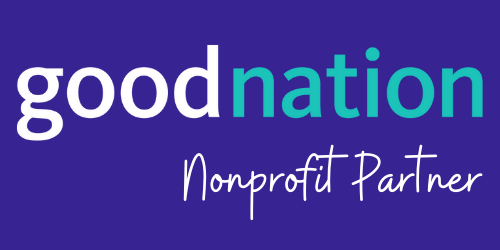Subtracting for Success
Our latest white paper, Subtracting for Success, offers a practical, evidence-based framework to effectively design and use nudges—subtle solutions that help people make better decisions— to improve educational outcomes.
HIGHLIGHTS
- Subtraction works. Nudges that streamline tasks and remove cognitive burdens—like pre-filled financial aid applications or simplified school choice guides—consistently outperform more complex approaches.
- Beware of "additivity bias." Many well-intentioned nudges introduce new tools or activities without reducing effort. These often fail to deliver impact because they increase the demands on already overloaded students and families.
- It’s not about doing more—it’s about making things easier. Even additive programs, such as coaching or texting campaigns, can be effective when they meaningfully reduce decision complexity and cognitive load.
Can we do more by doing less?
Over the last two decades, behavioral science has transformed how we think about supporting students and families in navigating complex education systems. In our latest white paper, Subtracting for Success, we examine nearly 20 years of behavioral interventions aimed at improving educational outcomes in the United States—from early childhood through postsecondary education.
We find that the most effective nudges aren't those that add new tools or messages—they simplify processes, reduce unnecessary steps, and make it easier for people to follow through on their goals.
Takeaway
Subtracting for Success offers a practical, evidence-based framework for designing solutions that improve educational outcomes by making it easier—not harder—for people to decide and act.
Want to partner with us on behavioral solutions in education? Get in touch: education@ideas42.org.



